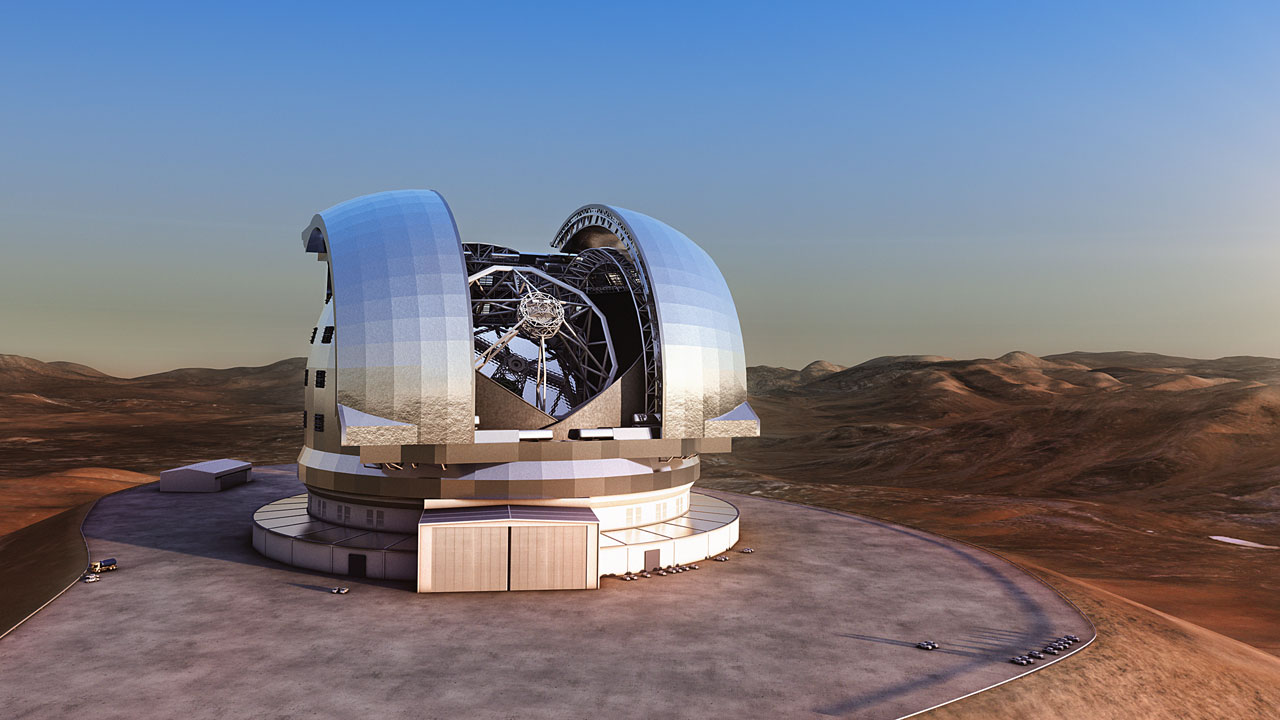
Half-a-ton of stone was blasted off the Cerro Armazones Mountain in Chile on Thursday to make room for what will be the world’s largest telescope: the European Extremely Large Telescope (E-ELT).
Shortening the 9,800-ft. mountain is only the latest step in the process of building the 42 m., 5500-ton giant. The E-ELT had been conceived in 2005 at the European Southern Observatory (ESO) to be “the world’s biggest eye on the sky,” with the goal of identifying more Earth-like planets and advancing cosmological research. The telescope will operate by 2018, according to the ESO, which is based in Chile.
The name, oddly ordinary for a groundbreaking technology, follows a trend of astronomers’ obsession with telescope diameter: the larger, the higher quality imaging and detection. The ESO’s four Very Large Telescopes are only 8.2 m. in diameter, and the Hubble Space Telescope is only 4.2 m. The E-ELT’s whopping 42 m. will allow it to gather 15 times more light than any other telescope operating today.
The E-ELT became the ESO’s primary focus after the organization decided its plan for a 100 m. Overwhelmingly Large Telescope was unfeasible.
More Must-Reads from TIME
- How Donald Trump Won
- The Best Inventions of 2024
- Why Sleep Is the Key to Living Longer
- Robert Zemeckis Just Wants to Move You
- How to Break 8 Toxic Communication Habits
- Nicola Coughlan Bet on Herself—And Won
- Why Vinegar Is So Good for You
- Meet TIME's Newest Class of Next Generation Leaders
Contact us at letters@time.com